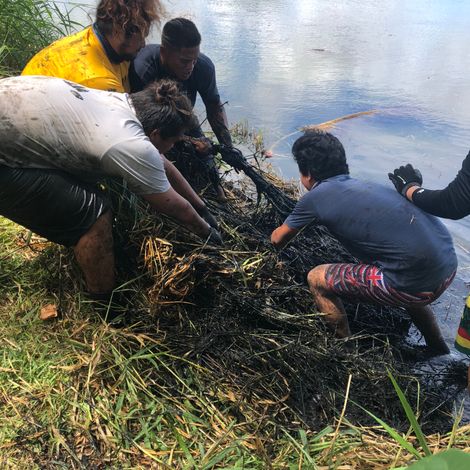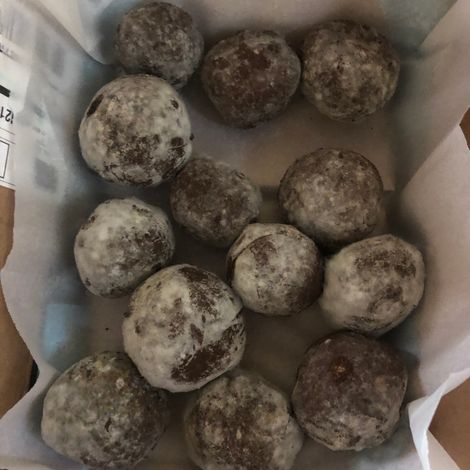Pūʻolo "Āina


Students will apply science, technology, engineering, and mathematics in contexts that make connections between school, community, and culture in their hometown stream/estuary.
The IM uses naturally occurring microorganisms to purify water which in turn will revive aquatic life. This place-based curriculum will:
1) Create a connection between culture and the natural environment.
2) Instill a sense of responsibility and stewardship towards community and environment
3) Impart skills that support the health and well-being of individuals, families, communities, ecosystems, and future generations.
Students will take water samples and document bacteria levels. Lessons will include the making of indigenous micro-organisms using Taro or (kalo) a staple to the native hawaiians, to create LABS (lactic acid bacteria.) Lactic Acid Bacteria helps increase the ability to absorb nutrients while increasing disease resistance.
LAB is a great smell remediator, soil conditioner, and overall health booster for plants, animals, and even yourself. It is the garbage disposer of the microbe world.
Using native clay soil from our school campus, along with the LABS, students will create Pūʻolo ʻĀina (a gift the the land), and toss them into the pond. Document and collect data, and toss again.
My project will involve students to rigorous academic concepts and introduce careers other than the usual medical, engineering, or academic pathways; introduce students to options such as forestry, agriculture, disaster management, community or urban planning, environmental consulting, and technical positions in local and federal agencies.